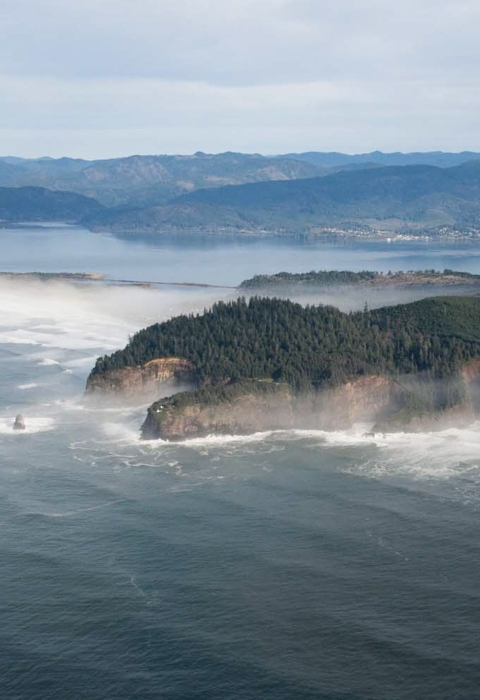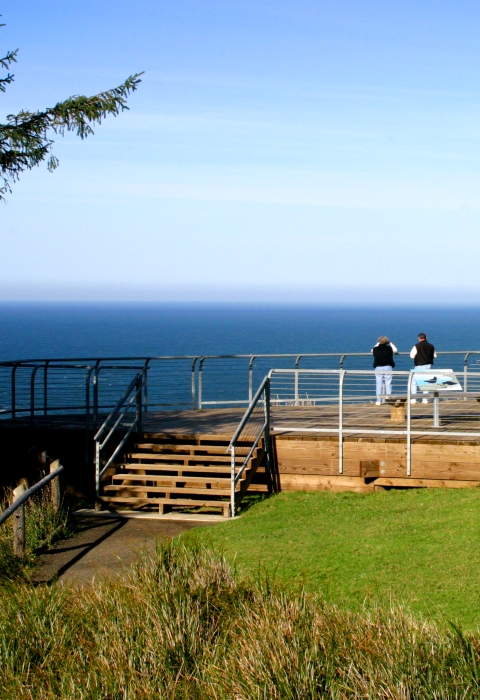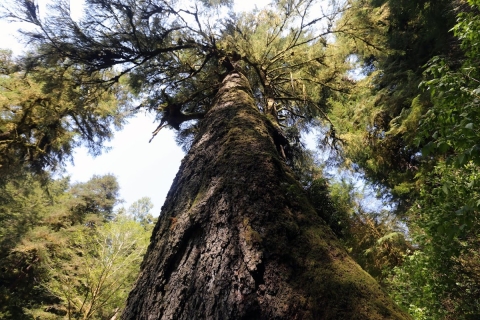Projects and Research
The coastal refuges offer unique opportunities to study plants and animals in pristine or relatively undisturbed habitats. For the most recent projects and research being conducted at Cape Meares NWR, contact the Refuge.
Research Natural Area
Cape Meares Refuge, with the exception of the Oregon Coast Trail portion, was designated a Research Natural Area (RNA) in 1987, which stipulates that natural processes are allowed to continue without management interference from humans. RNAs are part of a nationwide network of ecological areas set aside for both research and education. Cape Meares refuge was designated as an RNA to further protect its unique vegetation, geology, and wildlife habitat in a naturally functioning ecosystem. Activities in RNAs are limited to research, study, observation, monitoring, and educational activities that are non-destructive, non-manipulative, and maintain unmodified conditions.
Cape Meares was considered an important site for inclusion into the RNA program as it is one of the few remaining stands of old-growth Sitka Spruce forest along the northern Oregon Coast. Complex staff prioritize protection of the Refuge’s unique vegetation, geology, and wildlife habitat, while adhering to the stipulations of the RNA designation. This results in a mostly hands-off management approach at Cape Meares National Wildlife Refuge.
Seabird Surveys
Each year, Oregon Coast Complex staff conduct seabird surveys through aerial photography and near-shore boat surveys.
Cape Meares is just one of more than 200 sites coastwide that are photographed as part of the U.S. Fish and Wildlife Service’s surveying of Oregon’s nesting seabirds. Seabirds use sea stacks, offshore islands, and precarious rocky cliffs like those of Cape Meares Refuge to nest and raise their young. For the aerial surveys, Service employees don bright orange flight suits and helmets, grab their cameras, and hop in a helicopter to fly from Astoria to the California border, snapping images of each of Oregon’s seabird colonies. This data is then used to approximate populations of five seabird species which nest atop the rocks and cliffs. The Service has been collecting data these via these surveys since the 1970s.


